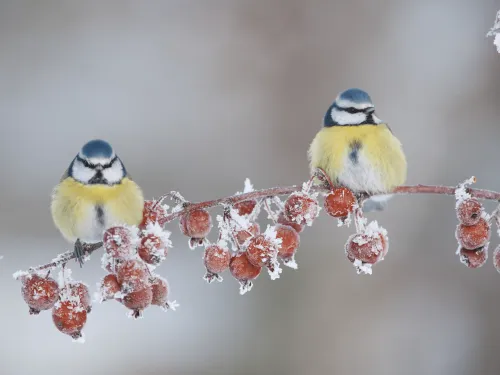
Create a wilder garden this winter
Wilder Gardens Officer, Ellen Tout, talks about her favourite parts of the winter garden and what you can do to make your space a sanctuary for wildlife.

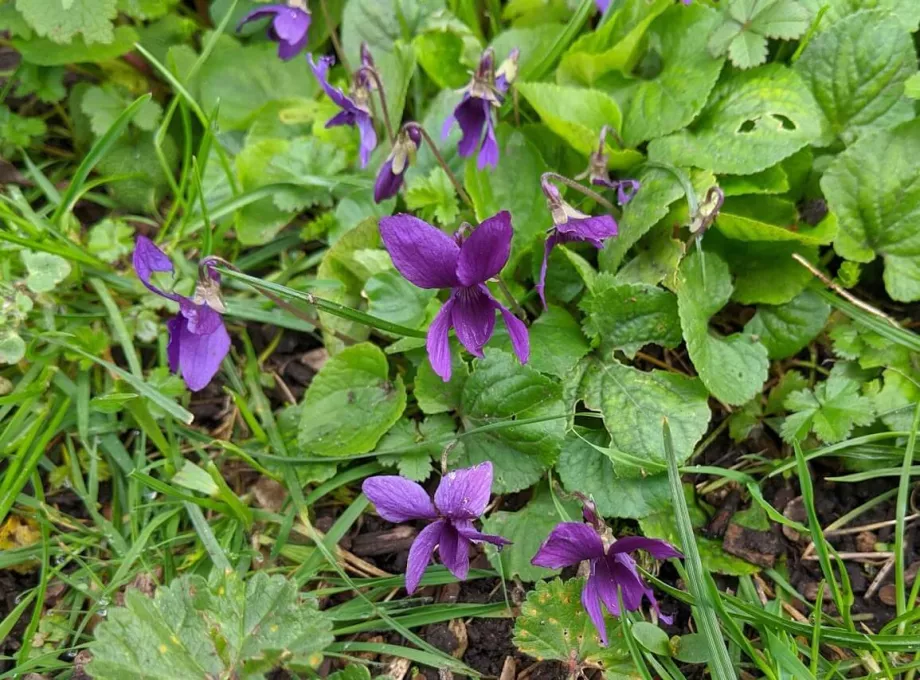
Violets ©P Brook
We have introduced some of the plants and others have just taken advantage of the right growing conditions to establish themselves. We never use chemicals on our lawn in case they cause problems for the wildlife or our two chickens when they are roaming around the garden. In spring we look forward to early bulbs such as snowdrops and crocuses. Primroses and snake’s head fritillary grow in the damper areas and violets and cowslips bloom where it is drier. We also love to see the brilliant gold of the dandelions.
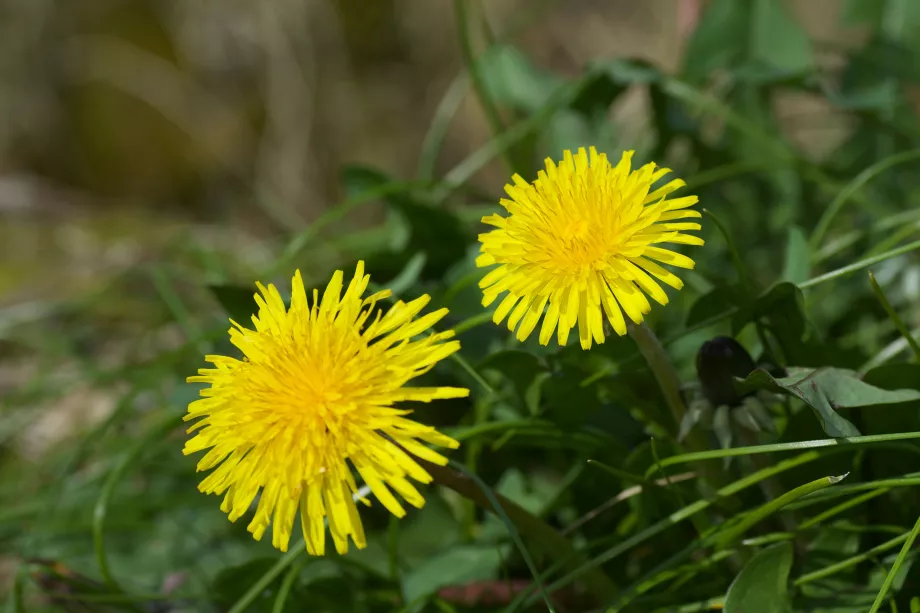
Dandelions ©P Brook
If you create a more flower-rich lawn or even start developing a patch of meadow, you could make a real difference to wildlife by encouraging a thriving insect population. According to the RHS ‘Plants for Bugs’ study , there are 27 million gardeners in Britain caring for a total area larger than all of the country’s nature reserves combined. Your flowery lawn could be a good talking point and an opportunity to spread the word to your friends and neighbours.
41% of insect species face extinction. The loss of their habitats and overuse of pesticides are two major reasons why these little creatures are dying out eight times faster than large mammals. However, it’s not too late and with your help, we can put insects into recovery.
Claim your FREE Action for Insects guide and start to make a difference today.
The Royal Horticultural Society’s lists of Plants for Pollinators are also a very helpful source of information on plants loved by pollinating insects. Plants for Pollinators: British wildflowers includes cowslips, dandelions and primroses all of which it suggests are suitable for short grass up to 15cm high. Crocuses are included in the RHS Plants for Pollinators: Garden plants.
For most of our lawn, we set our mower a little higher than usual to allow low-growing plants such as daisies to flower. We also developed a small meadow at the bottom of our garden when several years ago we noticed the leaves of a common spotted orchid in the grass.
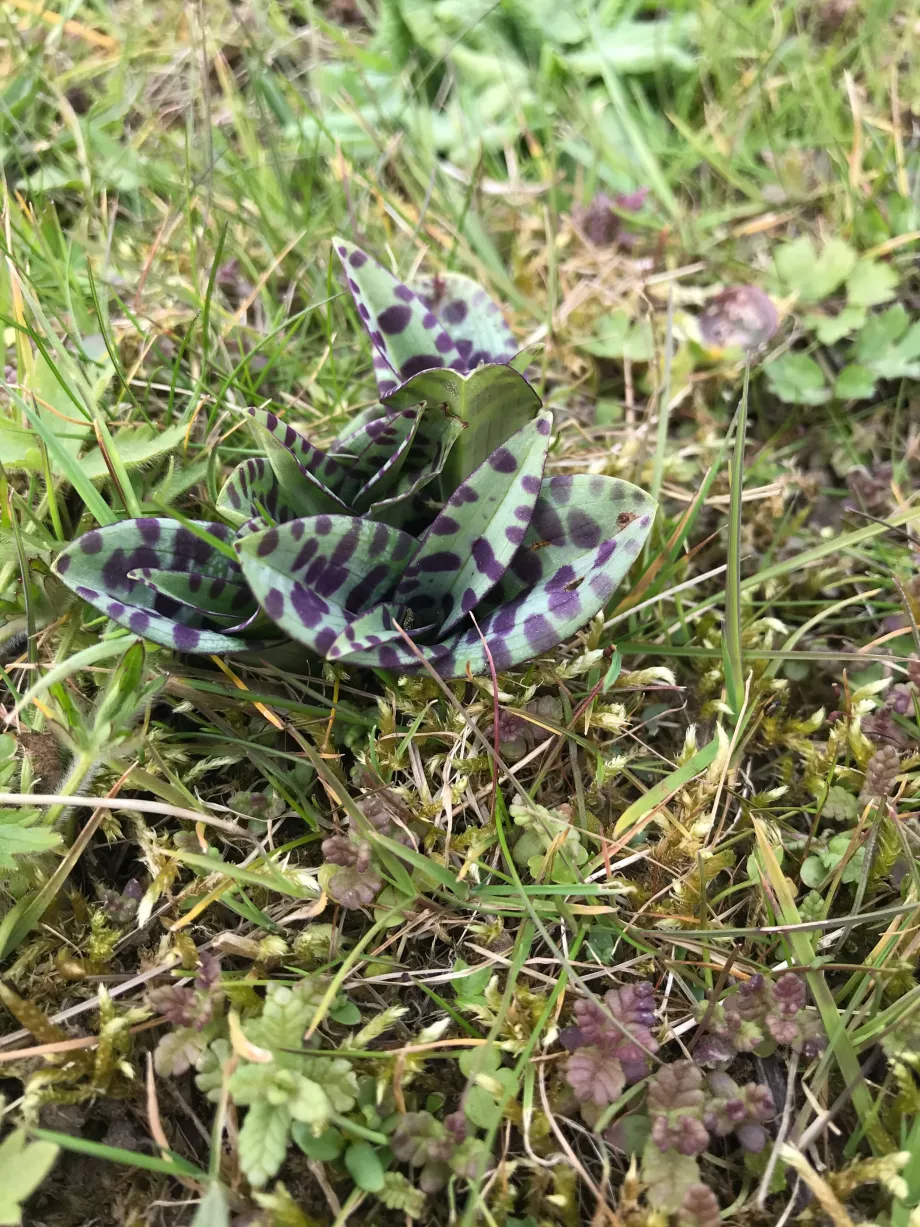
Leaves of a common spotted orchid ©P Brook
We normally give the meadow a cut in January or very early February to tidy it up before the flowering plants have begun growing. Unfortunately, it wasn’t possible this year as it was under water. However, as usual we won’t be cutting the meadow until late summer when the spring and early summer-flowering plants have had a chance to set seed.
We mow a path through and around the edge of our small meadow so that it looks like the cherished feature it is. We have loved seeing our lawn and meadow develop into something that we think is much more interesting and rewarding than uniform green sward. Every year it is slightly different which adds to the interest of the garden and we enjoy seeing the bees and butterflies visiting our mini-meadow.
Kent Wildlife Trust’s Wild about Gardens scheme is offering advice by telephone this year. You can enter your garden into the scheme online and our trained Wild about Garden volunteers will do their best to answer your questions.

Wilder Gardens Officer, Ellen Tout, talks about her favourite parts of the winter garden and what you can do to make your space a sanctuary for wildlife.
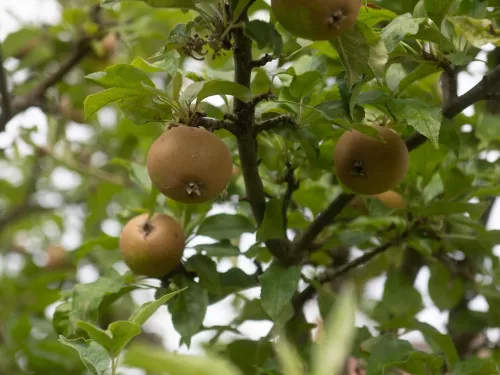
Typically, most gardeners and farmers grow annual vegetable crops – those that are sown, planted, and harvested within one growing season. But perennial fruit and vegetables, which grow and produce food for many years, are becoming increasingly popular.…
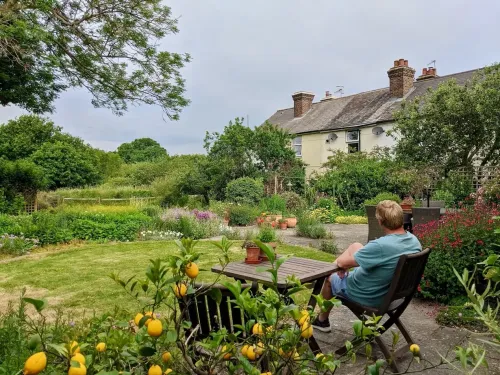
Volunteer Wild About Gardens Advisor Penny Brook takes us on a journey through her garden to share how they create a flower-filled haven for both people to relax and wildlife to flourish.